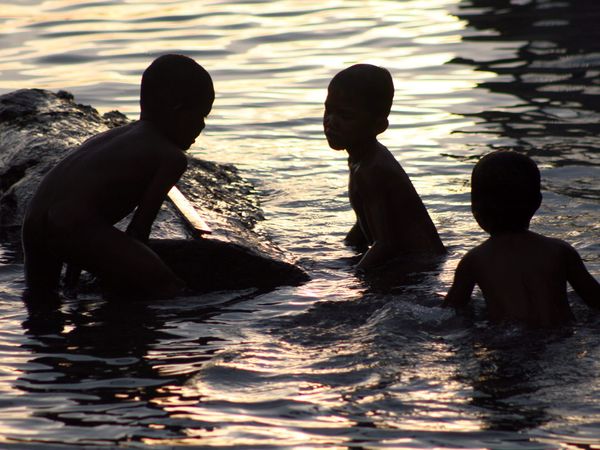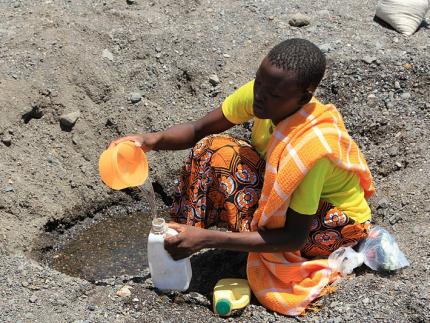A chemical spill that left 300,000 residents of Charleston, West Virginia, without tap water last month is raising new concerns about the ability of the United States to maintain its high quality of drinking water.
 While the U.S. has one of the safest water supplies in the world, experts say the Charleston contamination with a coal-washing chemical shows how quickly the trust that most Americans place in their drinking water can be shattered.
While the U.S. has one of the safest water supplies in the world, experts say the Charleston contamination with a coal-washing chemical shows how quickly the trust that most Americans place in their drinking water can be shattered.
“We often don’t think about where our water comes from,” said Steve Fleischli, director and senior attorney for the Natural Resources Defense Council (NRDC) Water Program in Los Angeles. “Does it come from a nearby river or a lake, intermittent streams, isolated wetlands, or an aquifer? Yes, you may have a water treatment plant, but if your water source is not protected, people face a real risk.” Read more





